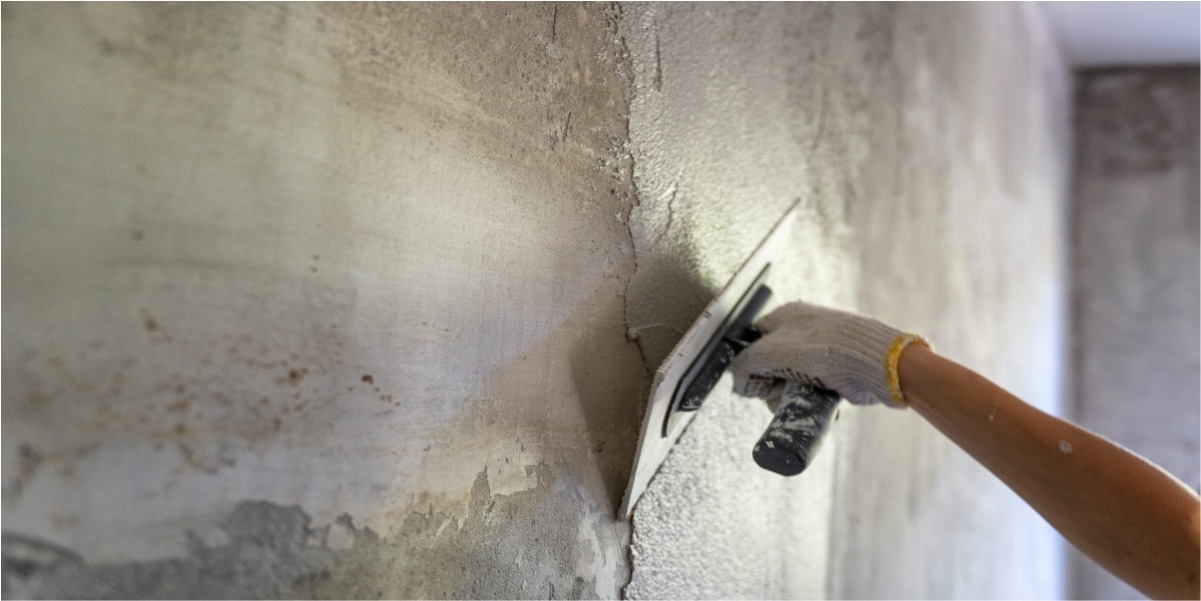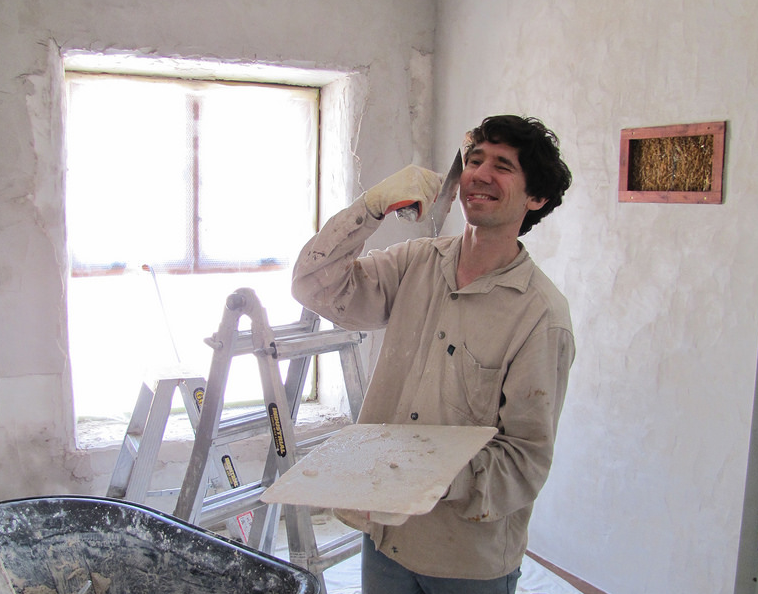A Comprehensive Overview to Learning Plastering Abilities for Your Improvement Needs

Vital Tools and Products
In the realm of plastering, having the right tools and materials is vital to achieving a remarkable surface. Numerous necessary tools serve distinct purposes, guaranteeing performance and accuracy throughout the plastering procedure. A high-grade trowel, for example, is crucial for applying and smoothing plaster, while a hawk provides a stable system for holding the product. A joint knife is also critical for comprehensive work, specifically in corners and sides.
Along with tools, selecting the ideal plastering materials is important. Gypsum-based plasters are typically favored for their flexibility and convenience of use, while cement-based choices are excellent for exterior applications as a result of their resilience. Water and bonding agents play substantial roles in achieving correct consistency and attachment, ensuring that the plaster sticks properly to the surface area.
Additionally, protective equipment such as safety glasses, masks, and handwear covers is vital to protect against dirt and irritability during the application process. By setting up the ideal mix of products and devices, plasterers can enhance their ability and create high-quality finishes, eventually raising the overall workmanship of their job.
Preparing Surfaces for Plastering
Achieving a smooth and durable plaster coating begins with thorough prep work of the surfaces to be plastered. This foundational action is vital to guaranteeing bond and the durability of the plaster. Begin by assessing the condition of the substratum-- whether it is drywall, concrete, or masonry-- getting rid of any type of loosened paint, dust, or debris that might hinder bonding.
Next, fix any flaws such as cracks or holes. Make use of an appropriate filler to accomplish a level surface; this can be important for avoiding future concerns. Once repaired, ensure the surface is tidy and dry, as dampness can compromise plaster adherence.
For porous surfaces, it is recommended to use a bonding representative. This product enhances bond and produces a trustworthy interface in between the plaster and substrate. If collaborating with formerly plastered surfaces, it may be needed to mess up or sand the area lightly to provide a key for the brand-new plaster layer.
Plastering Techniques and Tips
Grasping smudging techniques calls for both skill and method to accomplish a remarkable finish. One essential technique is the application of the plaster in numerous slim layers, instead of a solitary thick layer. This approach enables far better bond and decreases the danger of cracking. Start with a base layer, guaranteeing it is uniformly spread out and leveled with a hawk and trowel. Make use of a straightedge to look for any kind of blemishes before carrying on to succeeding layers.
When applying the surface layer, employ a troweling technique that entails holding the trowel at a small angle and functioning in a circular motion. This helps to create a smooth surface area and decreases the look of trowel marks. Additionally, maintain a spray bottle of water convenient visit this site right here to mist the surface area gently; this maintains the plaster workable and permits smoother completing.
Timing is crucial; job effectively, as the plaster starts to set. As soon as the plaster has actually tightened yet is still damp, make use of a damp sponge to carefully smooth the surface further. Finally, enable ample drying out time prior to sanding or paint, ensuring your effort leads to a specialist, high-quality finish.
Common Mistakes to Avoid

One more usual mistake is applying plaster as well thickly. Excitable applications can lead to fracturing and long term drying out times. It's vital to apply plaster in slim, even layers, permitting each coat to dry effectively before adding much more.
In addition, not using the right tools can impede the quality of the finish. Using unacceptable trowels or mixers can create inconsistencies in the gluing procedure. Always select high-grade devices designed for smudging jobs.
Last but not least, many individuals underestimate the significance of timing. Working in inappropriate temperature levels or moisture levels can detrimentally influence plaster healing and drying. It is advisable to inspect climate condition and adjust your routine as necessary.
Finishing Touches for a Specialist Look
The last stages of a smudging job are important for accomplishing a polished, professional look. When the plaster has dried completely, the next action is to analyze the surface area for blemishes. Small bumps, holes, or unequal areas must be addressed utilizing fine sandpaper or a fining sand block. This careful focus to information is vital for making sure a smooth coating.
After fining sand, it's suggested to cleanse the surface area to eliminate any kind of dust and particles. A moist fabric is reliable for this function, adhered to by an extensive drying period. If essential, using a thin layer of ending up plaster can improve the surface further, offering a smooth coating.
When the completing plaster is completely dry, an additional round of fining sand may be required to accomplish the desired level of smoothness. Lastly, think about applying a primer before paint or wallpapering, which will certainly improve adhesion useful content and sturdiness.
Conclusion
Grasping plastering abilities significantly boosts the top quality of restoration jobs. A complete understanding of necessary tools, surface area preparation, and reliable methods is critical for achieving expert results. Awareness of usual errors permits for the avoidance of expensive mistakes, while focus to finishing touches guarantees a sleek look. Eventually, the combination of these moved here aspects contributes to the creation of smooth, durable surface areas that elevate the aesthetic worth of any room, emphasizing the importance of skillful plastering in home improvement undertakings.
Water and bonding agents play substantial duties in accomplishing appropriate uniformity and bond, ensuring that the plaster sticks efficiently to the surface. Plastering.


In addition, keep a spray container of water helpful to mist the surface area gently; this keeps the plaster convenient and permits for smoother finishing. (Plastering)
If required, applying a slim layer of ending up plaster can improve the surface even more, giving a seamless coating.
Comments on “Plastering Solutions for Smooth Walls: A Comprehensive Guide”